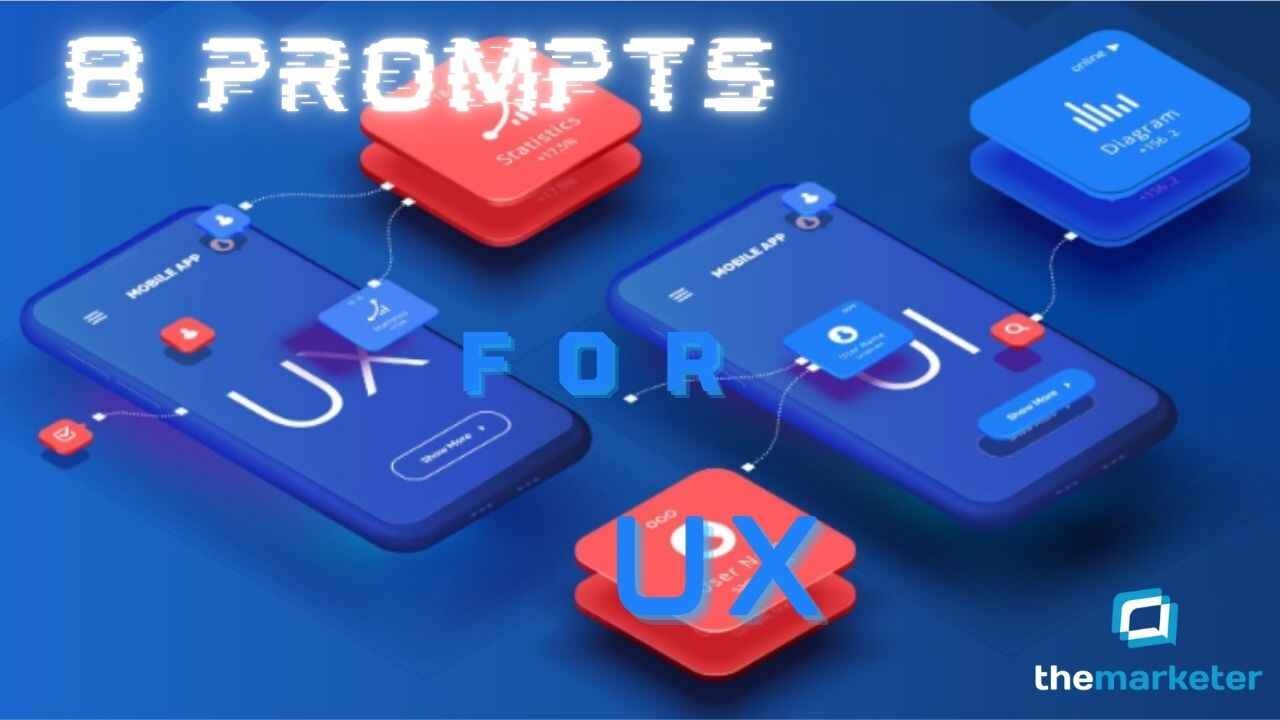Every beginner hits the same wall when building their first website: Where do I even start? Choosing your niche, shaping your brand, and worrying about design or marketing can make the whole process feel overwhelming. But here’s the truth:
STRONG AND DEPENDABLE
STRONG AND DEPENDABLE
Part 1
Part 1
Today, we’re talking about sales. I won’t cover the basics or its definition, you can Google that. Instead, let’s focus on something more engaging: sales is an integral part of life, and we all participate in it. We exchange value every day, which means we are all involved in sales, whether at work, shopping, or even at home. Sales interactions happen all the time, whether we realize it or not.

I assume you have extensive experience working in a corporate environment. In this case, you've likely attended numerous training sessions, management courses, and professional development programs throughout your career.
I was in a corporate job as well and always welcomed any training my employer provided. I saw it as an opportunity for personal growth and a way to bring more value to the company. Back in the early 2000s, while working as a Sales Manager, I went through a specific sales training program. Later, I had the opportunity to conduct the same training course for other sales teams at a hotel conference hall. One of the most memorable lessons was learning to identify several different types of customers and effectively handle their objections.
A quarter of a century has passed since that training, and I can confidently say that customer types remain unchanged. However, objection-handling strategies have evolved. Advances in technology require us to adapt and refine our techniques.
And here we are, about to uncover the parts of that training. First and foremost, we should keep in mind: why customer identification matters.
Why Customer Identification Matters
To handle customer objections efficiently, we need to first identify the type of customer we’re dealing with. One effective way to do this is by associating customer types with animals. This approach makes it easier to understand and apply relevant sales strategies.
Types of Customers and How to Deal With Them
Let’s start with an ideal customer type i.e. The Loyal Customer. This type is akin to a horse: dependable, strong, and positive.
1. The Loyal Customer
Characteristics:
• Regularly purchases from your business
• Advocates for your brand
• Less price-sensitive, prioritizes value and experience
Loyal customers repeatedly choose your products and often promote your brand through word-of-mouth. However, earning their loyalty requires effort, much like taming a wild horse. According to surveys, 52% of consumers believe an exceptional customer experience is one that is quick, personalized, and involves interaction with knowledgeable service representatives.
What They Need:
• Appreciation and personalized experiences
• Exceptional support
• Proactive service
How to Keep Them Happy:
• Spotlight loyal customers in case studies and testimonials to make them feel valued while also building social proof.
• Foster relationships by engaging in meaningful conversations about their experiences and using that feedback to improve customer service.
• Offer attractive loyalty rewards and incentives.
• Personalize appreciation efforts by finding out their favorite team or band and surprising them with themed merchandise on T-shirts. Alternatively, you can "bribe" them with gifts that your corporate rules allow under a certain amount of cash. You can find such gifts here.
How to Handle Them:
• Show appreciation through loyalty programs, exclusive discounts, and personalized offers.
• Maintain high service standards to reinforce their trust.
• Engage them in brand-building activities such as referral programs and testimonials.
• Provide early access to new products or services.
This is just Part I. In the next part, we’ll explore someone akin to a lion, and how best to handle that lion. Follow me on social so that you don’t miss out on the next part.
To be continued...
Share this tip with your network!
Related Posts
Related Posts

Beginner-Friendly Web Templates to Start Your Website Project

20 ChatGPT Prompts for Affiliate Marketing
Discover 20 ready-to-use ChatGPT prompts to make affiliate marketing easier, faster, and more creative. From streamlining tasks to sparking ideas and building campaigns that connect, this guide—complete with examples for social media, email, and blogging—shows you how to master AI in affiliate marketing.

The Importance of Timing in Business
Discover why timing in business can make or break success. Learn from real examples in marketing, tech, and digital entrepreneurship.

Why Prompt Engineers Are Paid More Than Coders Now
Discover why Prompt Engineers are becoming more valuable than traditional coders, and what that means for UI/UX pros. Through a personal story and sharp insights on AI’s evolution, this article explores how tech-savvy creatives can future-proof their careers in the age of automation.

The Elephant-Type Customer
Elephant-type customers don’t buy on emotion, they buy with purpose. In Part 6 of the Strong and Dependable series, learn how to spot and serve these practical, no-nonsense buyers who value efficiency, facts, and long-term value over hype. Discover how to gain their trust and win the sale without the fluff.

The Monkey-Type Customer
Meet the Monkey-Type Customer—the impulsive buyer who decides fast and buys even faster. Driven by emotions and easily swayed by urgency and visuals, this customer type doesn’t have time for long sales pitches. In this part of the Strong and Dependable series, learn how to optimize your offers, checkout process, and messaging to catch them in their fleeting moment of excitement—and turn that impulse into instant revenue.

